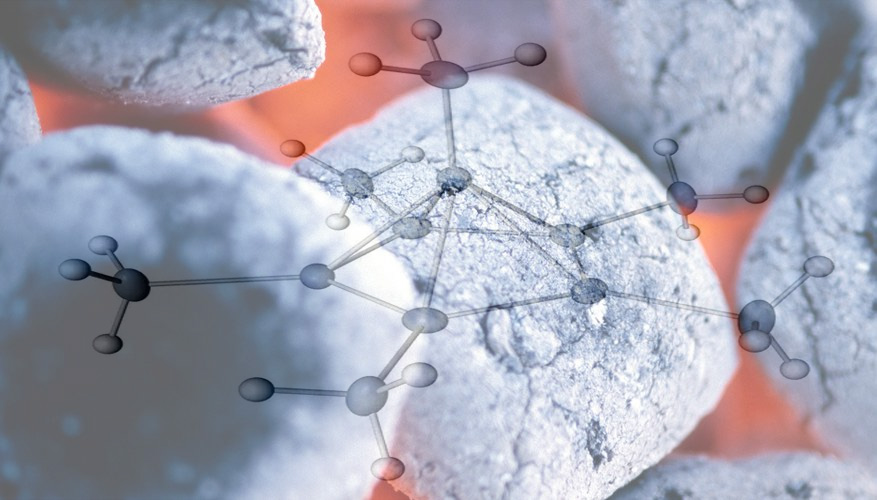Important Properties and Characteristics of Carbon
Carbon is a vital element present in all known life forms. Carbon has an atomic number of 16 and is denoted by the symbol C. Due to its tetravalent nature, it can participate in chemical bonding and form covalent bonds with various other elements. It is the 15th most abundant element found in the Earth’s crust and the 4th most abundant element in the universe. It is also the second most abundant element in the human body. Some more important properties and characteristics of carbon can be found in this article.

The bonding between carbon atoms can vary and the resulting allotropes of carbon vary in properties. Common examples of these allotropes of carbon include graphite and diamond. These differences in the properties of carbon allotropes are highlighted below.
- Graphite is a black opaque substance whereas diamond is quite transparent.
- Graphite is very soft and forms streaks on paper whereas

